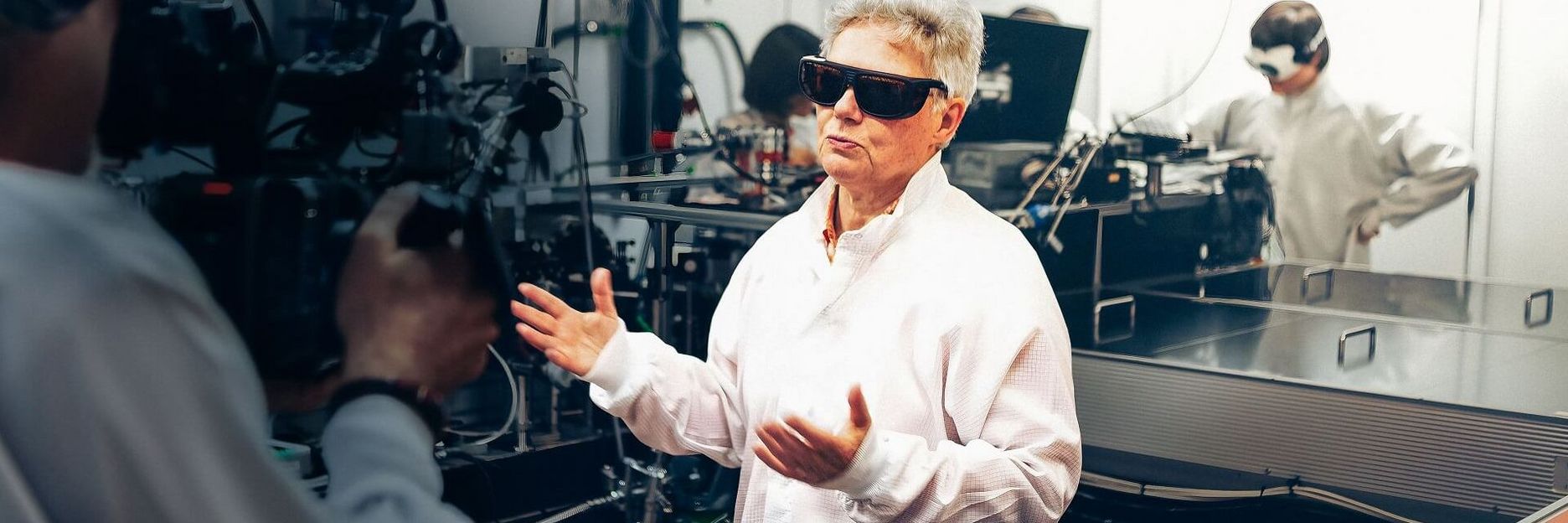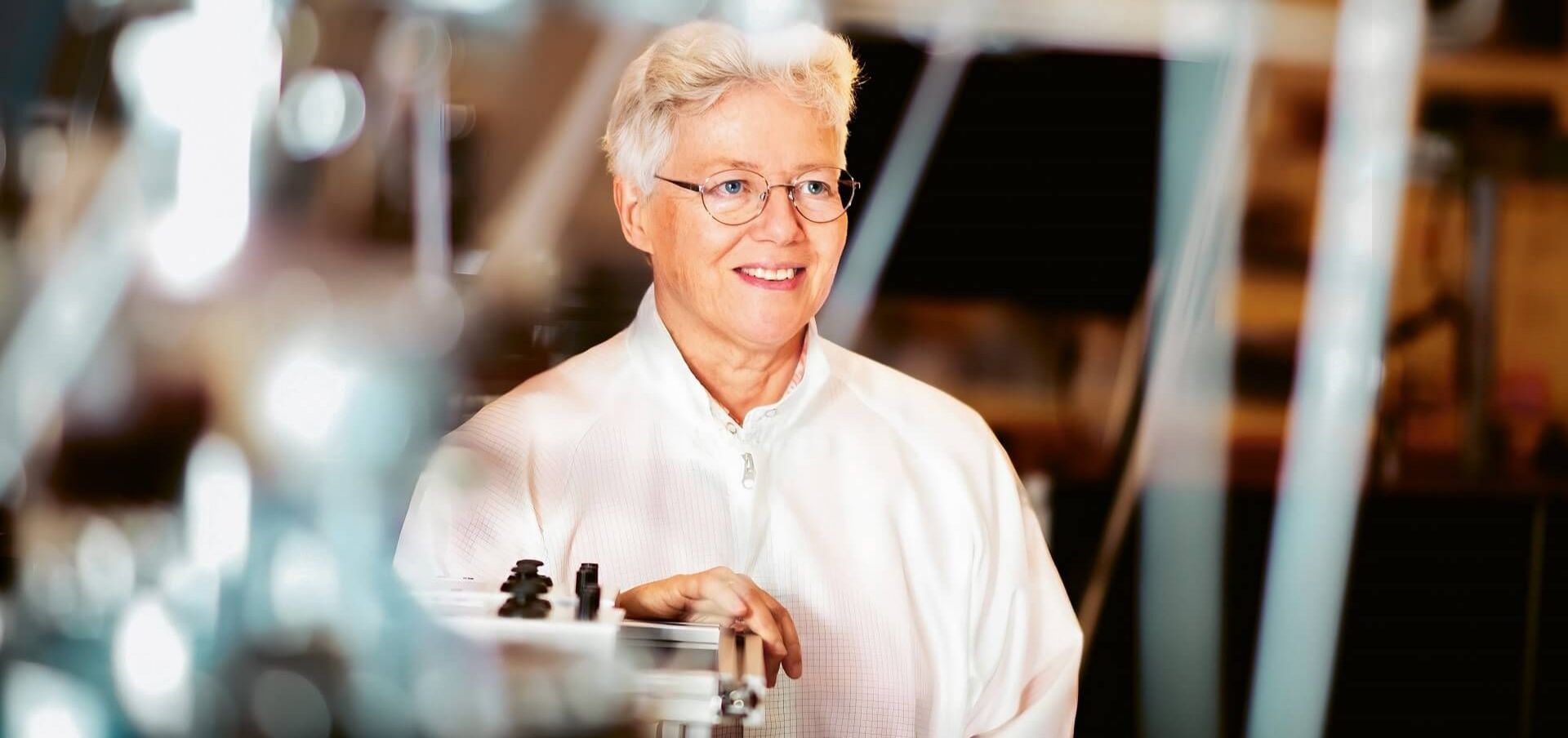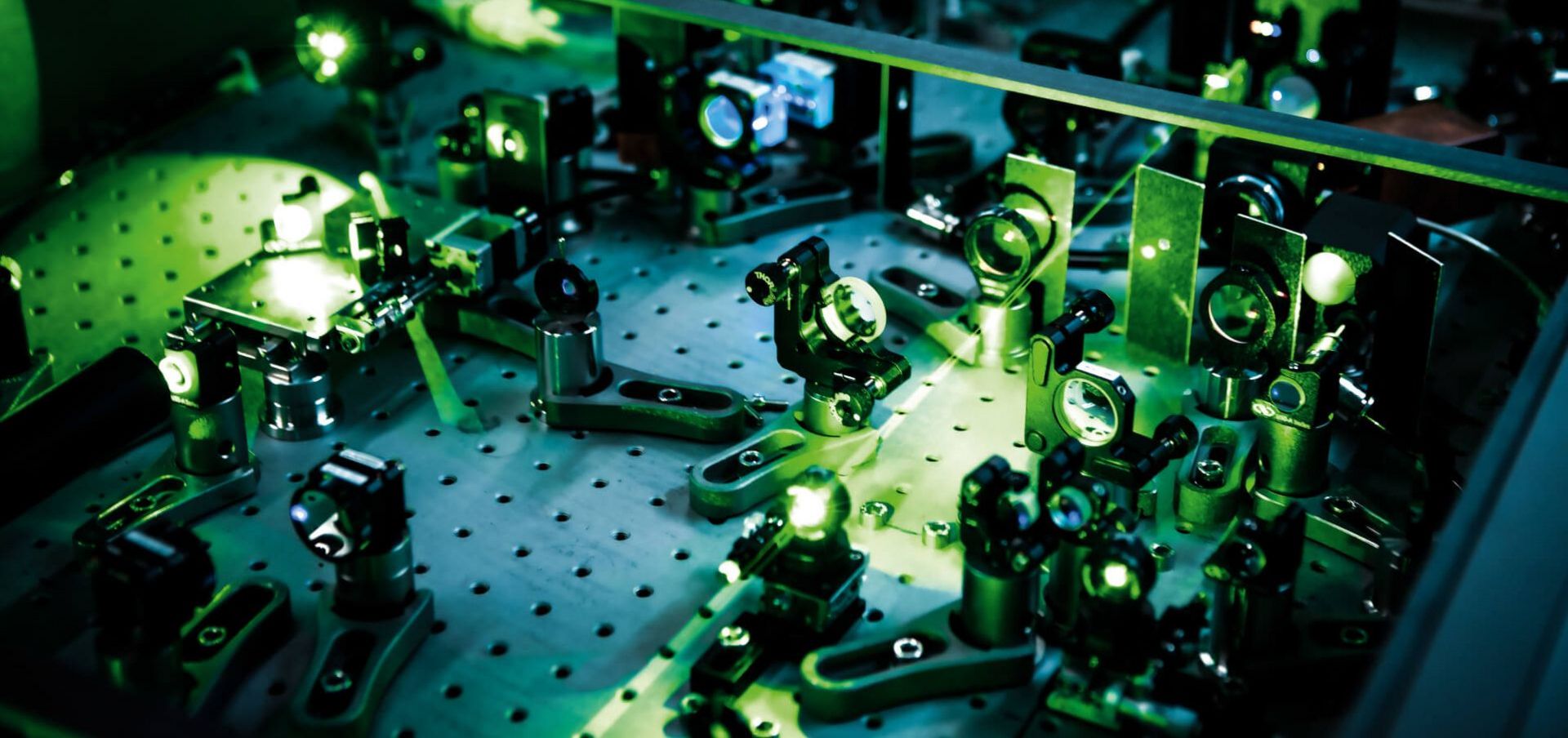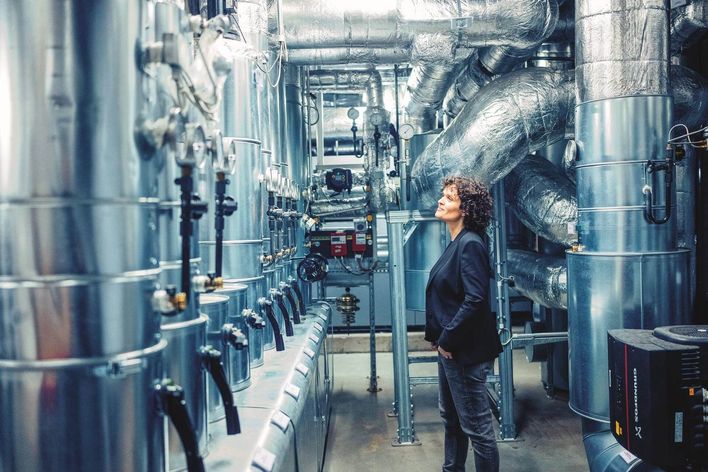Professor L'Huillier, when you are asked at a drinks party what you do for a living, what do you say?
L'Huillier: I've come up with a response for those kinds of situations that I'm quite happy with. I say that I work at the intersection of laser physics and atomic physics. Our team uses very, very short laser pulses, much like a camera flash. We use them to film extremely fast movements, for example electrons.
What do you mean by very, very short laser pulses?
L'Huillier: Pulses that are a few attoseconds long.
How can I imagine an attosecond?
L'Huillier: You can't, really. There have been several attempts to illustrate the briefness of the time span. The comparison I sometimes use goes is that one attosecond is to one second, what one second is to the entire age of the universe, i.e. 14 billion years. But does that really help? I'm skeptical. Do you find it helpful?
Well, maybe a little.
L'Huillier: We just have to accept that it cannot be understood with our human perception of time. Fortunately, we aren't dependent on it. After all, we have the abstract methods of mathematics and theory, along with practical experiments. Put simply, an attosecond is 10-18 seconds long. The question of why we want to delve into such short time scales at all is much more interesting than thinking about the length of an attosecond.
Okay. So why do we need attosecond pulses?
L'Huillier: There are processes in nature that occur so quickly that we can only measure them with attosecond light pulses. The most significant are the movements of electrons. The shorter our flash, i.e. the pulse, the more precisely we can observe the process. At the moment, my research group is still mainly recording processes in and around simple atoms, because that is easier. As we improve further, it will be possible to observe electron movements in more complex systems, for example in molecules. Chemical reactions happen when electrons move. These initial movements will one day be measurable.
What happens then?
L'Huillier: Being able to measure something is the first step towards being able to control it. So the ultimate long-term objective is to eventually control chemical reactions at the electron level.
What possibilities will this open up?
L'Huillier: It is difficult to provide a well-defined vision. We are currently doing the fundamental research.
In 1987, one of your experiments discovered how to generate high harmonics. This is a preliminary condition for generating attosecond pulses.
L'Huillier: Yes, that was a happy accident! It's always best when you come across something you weren't expecting. It gives you something to puzzle over. At the time, we actually intended to bombard noble gases with intense laser light and investigate fluorescence effects. It turned out that the strongest light that could be observed was not fluorescent, but the high harmonics of the laser frequency. That discovery changed my career. Later on, we were able to generate attosecond pulses with the help of the high harmonics, and we still do so today.
Is there at least a way for me to imagine high harmonics?
L'Huillier: Yes, you can! I have a comparison that works much better than the one with the universe and the attoseconds. When you stroke the string of a violin with the bow, you not only produce a pure tone, i.e. a pure tone frequency. Other frequencies are also generated. In music, these are known as overtones. They give the sound its colour. Overtones are harmonics. Something similar happens when a gas is exposed to intense femtosecond laser pulses under certain conditions – new, much shorter-wavelength laser frequencies are generated. High harmonics are the overtones of laser physics.
What can you do with high harmonic light pulses?
L'Huillier: The next step is to generate attosecond pulses. But they are useful in their own right. We are currently working with a manufacturer of lithography and metrology systems for the semiconductor industry. The idea is to use high harmonics to test the tiny structures on semiconductors. For me as a pure research scientist, this is an unusually tangible project. I am surprised and delighted that our work could have a useful impact on society.
Does laser technology also benefit from your research?
L'Huillier: Yes. For decades, we in the field of attosecond physics have repeatedly encouraged laser manufacturers to develop new and better ultrashort pulse lasers. Conversely, we of course benefit from better beam sources. The better the initial beam source, the better the high harmonics, the better the attosecond pulses. This results in new technical developments for us, such as diagnostic and measurement methods in the field of ultrashort pulse laser technology. It is therefore a constant incentive. In addition to these positive effects, however, there is something that is particularly important to me in my work.
What's that?
L'Huillier: I'm a research scientist. But I'm also a teacher. I have the privilege of training many bright young minds and watching their knowledge develop. I consider that to be my greatest accomplishment.
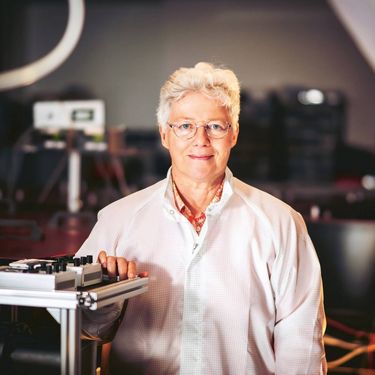
Anne L'Huillier is Professor of Atomic Physics at Lund University in Sweden. She is considered one of the main co-founders of the research field of attosecond physics. In 2023, L'Huillier received the Berthold Leibinger Stiftung's Zukunftspreis (future prize) for her research achievements. A few days later, she was awarded the Nobel Prize in Physics together with Pierre Agostini and Ferenc Krausz.

